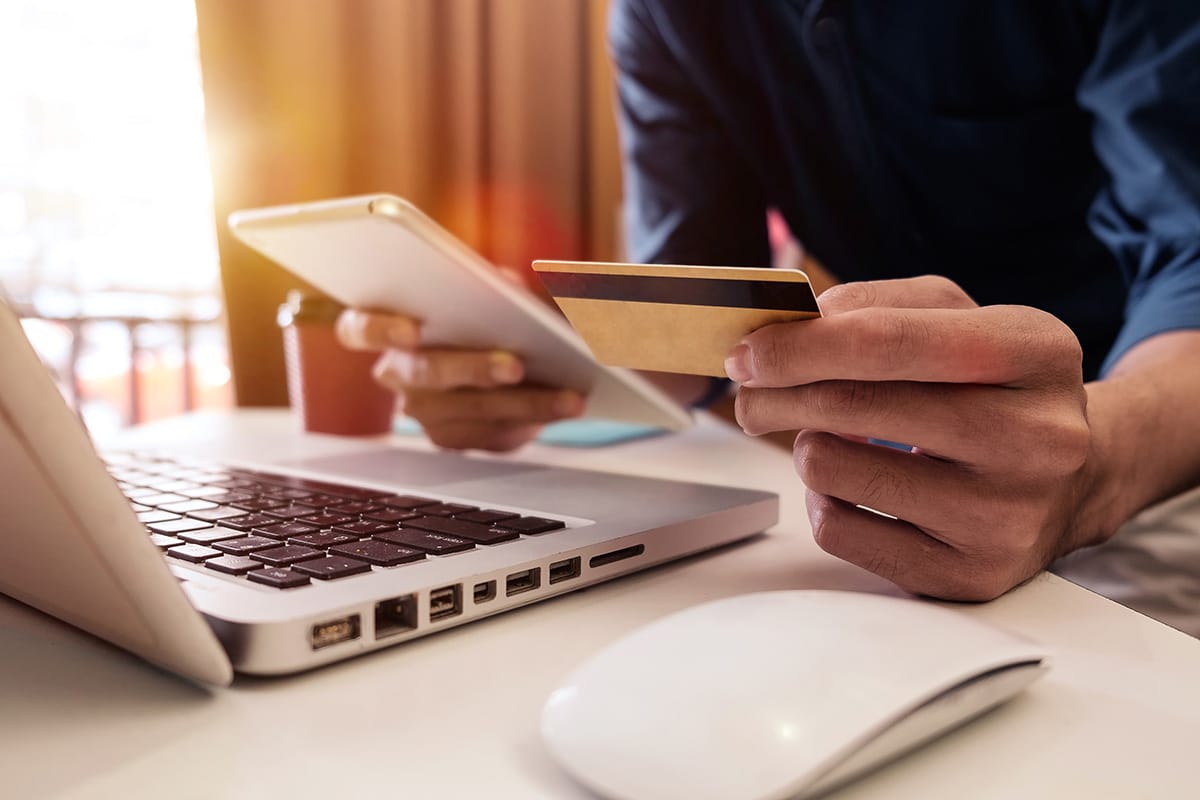Ebooks and Guides
Counterfeit Products Are Endemic – and It Is Damaging Brand Value
This market research ebook reveals the results of an independent research study undertaken by Sapio Research, originally on behalf of Incopro (now part of Corsearch). Sapio evaluated the current online experience of counterfeit goods by surveying 1000 consumers, comparing consumer perception with marketplace reality and considering the brand damage being created by the explosion in counterfeit goods, from make-up to clothes, brake pads to cycle helmets.
Total online spending has hit a record proportion of all retailing (18.2% in July 2018)
Retailer and brand investment in the quality of the online experience is clearly essential. Companies will continue to focus on optimizing mobile and web channels, but they also need to pay attention to long-term brand damage caused by the rise in counterfeit products available online.
In the last 12 months have you been ripped off because something you bought online (thinking it was genuine) turned out to be counterfeit?

The wider cost of counterfeiting
The financial cost to both consumers and brands of the counterfeit explosion cannot be underestimated.
25%
of UK consumers have knowingly bought 1 or more counterfeit products in the last 12 months.
€85billion
worth of imported goods are counterfeit or pirated (OECD, 2019).
60,000
jobs are lost each year in the UK due to IP infringement, as well as 8.1% of sales across 13 sectors, including clothing and alcohol.
41%
of consumers have never received a refund after reporting a seller of counterfeit goods to online marketplaces.
Consumers are seeking out counterfeit goods
It is also a concern to discover that 25% of UK consumers have knowingly purchased counterfeit goods in the past year, reinforcing the point that counterfeits are now so endemic that consumers are becoming inured to the concept.
Furthermore, the impact on brand reputation is very significant. Both those who have knowingly and unwittingly bought fake goods think less of a brand that is associated with counterfeit goods.
This affects immediate and future purchasing behavior with 35% less likely to buy from online marketplaces and 34% less likely to buy directly from a brand’s website.
Which of the following statements would apply to you if you knew it was relatively easy to buy counterfeit goods of a particular brand?


Understanding the cost of the counterfeit problem
The sellers of counterfeit goods online often operate as part of sophisticated infringer networks and not always one-man bands from a garage, making it far harder for individuals to distinguish between real and fake.
While 26% of UK consumers have been ripped off in the past 12 months, many of those have had more than one counterfeit experience: over two thirds (69%) bought one to three products they thought were genuine and one in five (21%) have bought four to six products.
Understanding the scale of the counterfeit problem
Price (69%) is seen to be the biggest indicator of counterfeit goods when shopping online
However, once you move beyond price it gets more complicated. While individuals consider the website (44%), customer reviews (44%), country of the online seller (41%), imagery (39%) and the quality of description (38%), there is no escaping the fact that people are still being ripped off.
These factors are indeed excellent indicators of counterfeit goods – however, with the growing sophistication of those selling fake items, it is increasingly difficult for consumers to spot the warning signs.
From high-quality descriptions to the use of standard imagery, identifying counterfeits requires far more intelligence and sophistication.

Misplaced Marketplace Confidence
Almost a third (32%) of those who have bought one or more counterfeit goods have suffered a health issue as a result. The counterfeit problem affects products in every industry – from luxury candles to medicines, sports goods to electricals – and as this survey confirms, this is far from being a victimless crime. Counterfeits are often priced the same as the genuine item – despite costing a fraction to manufacture – and are much more likely to fall apart and be dangerous to the purchaser.
Counterfeiting affects online marketplaces of every size, as shown with a recent investigation by The Guardian newspaper revealing that Amazon is “rife with potentially dangerous counterfeits despite years of attempts to crackdown on mis-selling on its platform.” Despite this challenge – 59% of UK consumers cited Amazon as the most trusted online platform, with eBay coming second with only 19%. Responsibility also falls to brands to help educate their target audience as to the ‘approved channels’ where consumers can purchase genuine products.
Counterfeits Damage Brand Value
Over three quarters (76%) of consumers confirm that brand is important or very important when it comes to online purchases – just 3% say it is not important.
Two thirds (66%) of those who have been ripped off have lost trust in a brand after unintentionally purchasing counterfeit goods.
The impact of being ripped off on brand trust is very significant – with 65% of consumers likely to lose their trust in the original products if they knew it was relatively easy to buy counterfeit goods of a particular brand.
This lack of trust has a direct effect on buying behavior. 76% of consumers would be less likely to buy products from a brand that is regularly associated with counterfeit goods. Critically this change in buying behavior is not restricted to online marketplaces or social media: 34% are less likely to buy from the brand website.

Consumers are losing confidence
The negative brand impact is not being helped by online marketplaces that are failing to step up when consumers report counterfeits.
46%
of UK consumers have stopped buying from a specific online marketplace as a result of receiving counterfeit goods.
44%
of consumers confirm they have stopped buying an item because they feared it may be counterfeit.
57%
of those who have been ripped off have reported an online marketplace over counterfeit goods.



